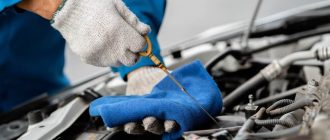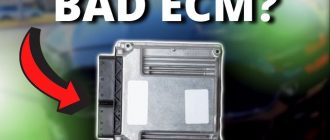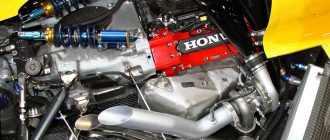## How to Break In a New Car Engine: A Comprehensive Guide
Breaking in a new car engine is a crucial step that ensures its longevity, performance, and fuel efficiency. Here’s a comprehensive guide on how to properly break in a new car engine:
Precautionary Measures
**1. Follow Manufacturer’s Instructions:**
Always consult your vehicle’s owner’s manual for specific break-in instructions. Different manufacturers may have varying recommendations.
**2. Avoid Extended Idle:**
Resist the urge to let your car idle for prolonged periods. This can lead to carbon buildup in the engine, hindering its break-in process.
Breaking In the Engine
**1. Initial 500 Miles (800 km):**
– Drive at various speeds, avoiding prolonged periods at a single speed.
– Avoid full-throttle acceleration and hard braking.
– Vary engine RPMs by shifting gears frequently.
– Keep the engine speed below 3,000 RPM.
**2. 500-1,000 Miles (800-1,600 km):**
– Gradually increase engine RPMs up to 4,000 RPM.
– Continue varying speeds and avoiding excessive loading.
– Avoid towing or hauling heavy loads.
**3. 1,000-1,500 Miles (1,600-2,400 km):**
– Gradually introduce full-throttle acceleration (not for extended periods).
– Use the vehicle in real-world driving conditions.
– Avoid abrupt downshifting.
**4. Change Engine Oil and Filter:**
After the initial 1,000-1,500 miles, change the engine oil and filter to remove any particles or metal shavings accumulated during the break-in process.
Post-Break-In Maintenance
**1. Regular Oil Changes:**
Maintain regular oil and filter changes as per the manufacturer’s recommendations. This helps keep the engine clean and protects it from wear and tear.
**2. Avoid Excessive Loads:**
Even after the break-in period, avoid overloading the vehicle or towing excessive weight. This can put strain on the engine and shorten its lifespan.
Benefits of Proper Break-In
– Improved Engine Longevity: Breaking in the engine properly ensures its components wear in evenly, resulting in reduced wear, improved compression, and extended engine life.
– Enhanced Performance: A well-broken-in engine exhibits improved performance, including smoother operation, increased power, and better fuel efficiency.
– Reduced Emissions: Properly broken-in engines typically produce lower emissions due to reduced friction and improved combustion efficiency.
Conclusion
Breaking in a new car engine is an essential process that requires patience and adherence to instructions. By following the steps outlined above, you can ensure your vehicle’s engine operates optimally, delivering years of reliable performance and fuel efficiency.




